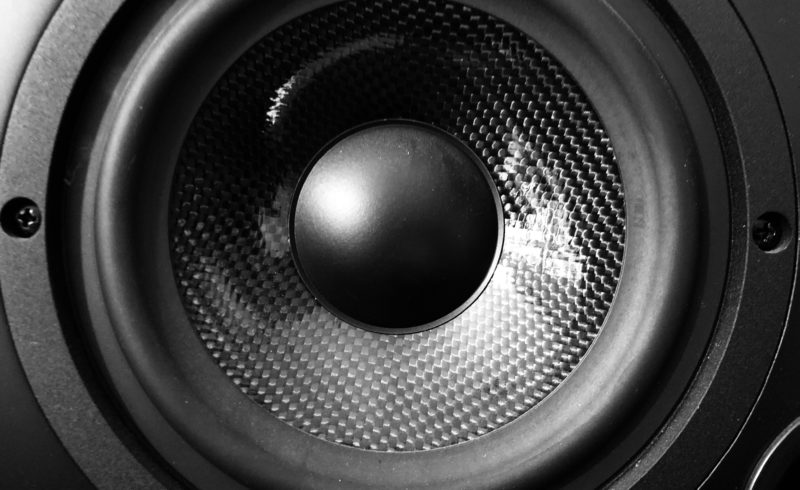
Interpolation, sampling, and substantial similarity: Any of them might amount to infringement but they have specific meanings and when they are used incorrectly or interchangeably, it’s confusing and obfuscating. So let’s get clear on what we mean.
First, interpolation:
Merriam-Webster.com says one definition of interpolation is “the introduction or insertion of something spurious or foreign.” And in music, that’s the definition that makes perfect sense, “interpolation” generally means you take something from elsewhere, often a well-known song, whether it’s by you or someone else, and you incorporate it into a new work. It might be a reinterpretation, or it might put a prior work into a new context ironically, or it might just be a straight faithful quote. Interpolations can be a zillion things.
My favorite classic example is Dr Dre’s 1995 single “Keep Their Heads Ringing,” which opens with a bunch of references to “Funk You Up,” by The Sequence. “Funk You Up” was the second single from Sugar Hill Records (after Rappers Delight) and the first hit ever by a female rap group. It’s an iconic track, and he pays it homage. Give it a few seconds and listen to the verse.
And this is “Funk You Up” by The Sequence.
We hear all of these lines interspersed with some of Dre’s accents.
“Hey, you, sitting over there
You better get up out of your chair
And work your body down
No time to funk around
Because we gonna
Funk You Right On Up…”
And then, where’d he get the “Ring Ding Dong?” Right here…
This is not a “sample!” Dre did not sample “Funk You Up.” He did not use the audio from “Funk You Up;” but instead wrote some of “Funk You Up’s” material into “Keep Their Heads Ringing.” He re-recorded all the parts. It’s the song “Funk You Up” that’s employed, not the recording. This is an interpolation.
Same song, starting a few seconds earlier…
Hear that “book-book-booyakasha” thing at the beginning? It’s this KRS One track, Mad Crew.
Now that’s a sample! Dr Dre took that right off KRS One’s record.
So why did he choose to not sample the “Funk You Up” record? There could be plenty of possible reasons, some creative, and others practical. Creative limitations for example. The sample for better or for worse will always sound pretty much like the sample even if you manipulate it and feather it in to fit your production. Most often, especially if you cleared the sample, you let it be what it is, get all that association value, historic and such, and build from there. But you’ll have far broader flexibility if you rerecord it; then you have all the component parts to play around with in the studio.
These distinctions are important to copyright. Recorded works involve two different copyrights, one associated with the song, and another from the recording. The recording is likely owned by a record company and if you want to sample the audio, you need to obtain a license from the rights holder. The song itself is more likely owned by the artist so if you want to interpolate or record a cover version, that’s the license to obtain.
By the way, another term, “replayed sample,” just adds to the confusion. Say an artist would’ve liked to have used a sample, but couldn’t get or couldn’t afford permission from the record company that owns the recording. The artist could choose to “recreate,” or “re-perform” the recognizable piece of sound that is desired. Here the goal is often to engineer it so that it sounds just like the record. There are people who specialize in recreating samples; it’s what they do, and it’s awesome.
So when you hear a piece of something in a song that’s not just similar, but obviously taken wholesale from another well-known piece, do you hear the record exactly as you remember it sounding? If so, that’s probably a sample. Or are you hearing the same song, maybe the same melody and lyrics, but not like the original record? That’s more likely an “interpolation.”
And if you didn’t do either of those things but you wrote a song that sounds way too much like a preexisting song, that’s just run-of-the-mill plagiarism and perhaps infringement. It’s neither sampling nor interpolating but a question of “substantial similarity,” where “substantial” can be thought of to mean, ‘the sort of similarity that shouldn’t be allowed.”
Hope that cleared things up!